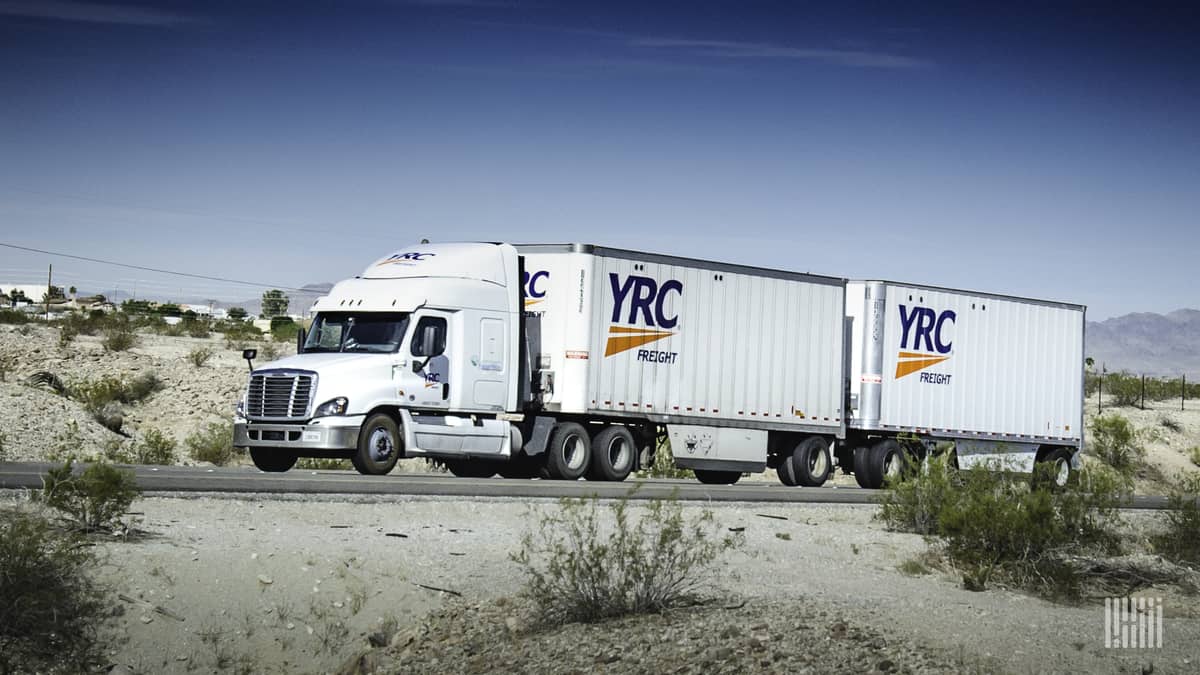Freight markets are always changing – that is why brokers, shippers, carriers, analysts and others subscribe to FreightWaves SONAR, the freight forecasting platform with the most current data and insights.

Two recently added SONAR indices that are proving useful to SONAR subscribers are the Contract Rate Per Mile Final Index, which is available for dry van, reefer, less-than-truckload (LTL) and intermodal modes; and the Ocean TEUs Index, which shows the daily volume of twenty-foot equivalent units (TEU) being booked with ocean container lines for a specific country of origin, or a specific port within a country of origin.

Contract Rate Per Mile Final Index
This index consists of eight sub-indices. The indices contain the average base rate (no fuel or accessorial charges) of contracted volumes on a per-mile basis. Freight market participants can use these contract freight rate per mile indices to gain a more complete understanding of shipping freight rates when conducting annual rate increases or preparing annual contract freight bids.

The SONAR Contract Rate Per Mile Final Index should be of particular interest and use to transportation executives and managers, pricing analysts and industry experts.
According to Zach Strickland, Director of Freight Market Intelligence at FreightWaves, “This index helps take some of the guesswork out of annual rate discussions. While contract tender data is useful in measuring how effective the current contract pricing is, it can be difficult to translate that into a rate per mile or revenue per hundredweight (CWT) for an LTL carrier on a daily and annual basis. This data helps provide additional clarity around the relationship between spot pricing and contract pricing.” Truckload and intermodal rates are expressed in a rate per mile, while LTL rates are expressed in a CWT format.

Strickland explained, “LTL carriers are largely blind when issuing general rate increases because the truckload spot market does not always correlate cleanly to LTL pricing. In large part this is because over 90% of all LTL pricing is based on long-term agreements of 12 months or more.”
Ocean TEUs Index
SONAR’s Ocean Shipments Report shows subscribers how much cargo is shipping to and from the United States. SONAR subscribers can search for specific ports and specific carriers to see when and who is moving this cargo.
Being able to see when this freight will land in specific U.S. ports and which carriers are moving the freight is a first-of-its-kind tool in the marketplace. The Ocean TEUs Index is very useful not only for those involved in ocean shipping, but those in drayage trucking, warehousing, trucking and intermodal rail. Being able to track cargo coming into ports transforms a subscriber’s approach to the market from reactive to proactive. Why? Almost all the containers being moved on cargo ships are moved to warehouses or distribution centers elsewhere in the country by trucks or on trains as intermodal freight.

Henry Byers, FreightWaves Market Expert – International Freight Forwarding & Maritime, explained that the Ocean Shipments Report and Ocean TEUs Index “provide a leading indicator to SONAR subscribers regarding how much containerized ocean volume is moving from various countries and ports of origin around the world.”
The Ocean TEUs Index is very similar to the SONAR indices for outbound tender volume in the truckload market. “SONAR’s outbound tender volume index (OTVI) provides insight into demand within various trucking origin markets. Similarly, the Ocean TEUs and shipment indices provide subscribers data on demand/volumes being booked with ocean carriers as long as seven (7) days from the estimated time of departure for those volumes in TEUs,” Byers explained.

For example, if a SONAR subscriber looks at the Ocean TEU Index volumes from China to the U.S., the index provides a seven-day forecast and two years of historical values for ocean TEU volumes that have been booked with ocean carriers and are expected to move within those next seven days. Byers said, “Therefore, the SONAR user proactively knows the amount of TEU volume leaving China destined for U.S. ports – instead of waiting from 20-40 days until that volume actually lands in the U.S., is reported by U.S. Customs and then reacts by trying to book trucks or rail intermodal.”
SONAR subscribers have data, insight and analysis before their competitors
In turbulent times, freight market participants need certainty to stay ahead of the freight market and understand how any of dozens of factors may impact the market. FreightWaves SONAR allows subscribers to benchmark, analyze, monitor and forecast freight rates in both the spot and contract freight markets.
SONAR ensures more proactive responses to the market, provides correlations between several indices to guide decisions and brings confidence to freight market participants.











